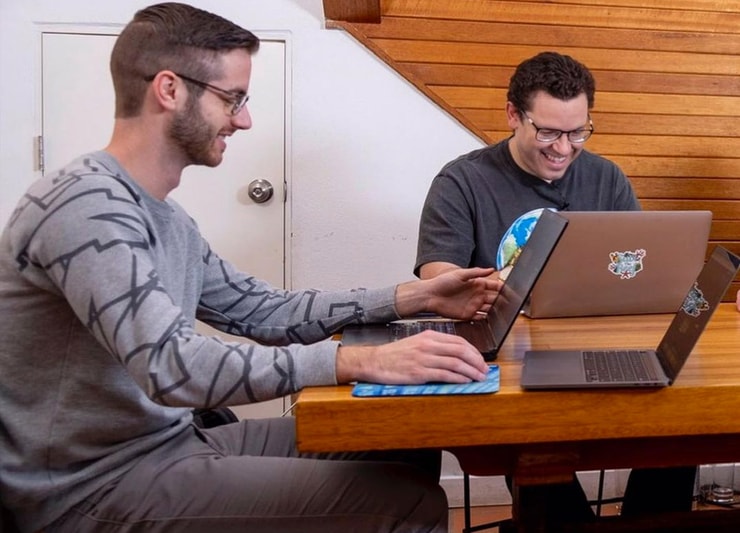Despite what you may have heard on social media, there are no shortcuts in trading.
Now, don’t misunderstand what I’m saying. A solid education, mentorship, and community will significantly shorten the learning curve.
But you won’t get anywhere trying to copy someone else’s trades.
People join my Millionaire Challenge, believing they can make a fortune using my trades.
They assume that because I, and more than 20+ of my students, made millions in the market, all they have to do is take our signals and make the same moves.
In reality, it never works out this way.
I know it seems counterintuitive.
But before you ignore this advice and thrash your account, let me explain why copycat trading fails.
Then, I’ll show you how I use other traders’ examples to improve myself.
There Are Always Differences

2025 Millionaire Media, LLCWhen I execute a trade, there are only three pieces to the transaction:
- Size
- Time
- Price
While it seems simple enough, I want to walk through possible reasons copycat traders cannot consistently match my trades or anyone else’s.
For starters, I size my trades for my account, not someone else’s.
Most of my trades make or lose a few hundred dollars. But I make mistakes, just like everyone else. Sometimes, those can cost me several thousand dollars.
That isn’t going to hurt my account. However, losing a few thousand dollars would clobber an account with only $5,000 or even $15,000.
Plus, I may get filled while another person gets nothing at all.
This also speaks to the time difference between my order and someone else’s.
I trade based on price action in real-time. It’s how my strategy works and why I can achieve such a high win rate and profitability.
Emails, chat rooms, and any other signal method always has some delay. Then, a trader has to enter the order. This might only be a second or two, but it can be the difference between a good fill and missing the trade entirely.
This is where price becomes a problem.
Traders feel left out and try to chase the stock, entering at a worse price, totally changing the risk/reward relationship, and putting themselves in a losing situation.
Let me give you an example.
I buy a stock at $1.00 with a target price of $1.10 and a stop of $0.95. My reward to risk is 2:1. With this setup, I only need to win the trade 33.33% of the time to break even.
A copycat trader chases the stock up to $1.03, not far away. However, that changes the reward-to-risk ratio to 7:8. Which means they must win the trade more than 50% of the time to break even.
That’s a huge difference.
Individually, none of these seem like a big deal. When added together over many trades, it leads to losses more often than not.
Use Trade Examples Correctly

2025 Millionaire Media, LLCSo what do I tell my students to do with my trade examples instead?
First, use them to learn something specific.
Each profitable trade is built from small ideas and concepts that combine to form a profitable strategy.
Rather than trying to tackle all of them at once, I encourage my students to focus on one at a time, work it until they are good, and move on to the next one but still come back to review it from time to time.
Some trades highlight concepts better than others. That’s why I create so many videos and cover these over and over. I give my students different approaches to tackle the skill.
Then, use them to study price action.
I’m a big proponent of, and skilled at, cutting losses quickly.
My students follow my trade signals and chat so they can read and understand what a trade looks like when it works or fails in real-time.
The more they ingrain the concepts into their heads, the more it becomes second nature.
Lastly, I want them to simply watch and feel how trades work.
Emotions are the biggest obstacle in any trader’s path to profitability. The more you see trades and know what to expect, the less likely you are to have knee-jerk reactions.
This doesn’t have to be a journey you travel alone.
My students are a community dedicated to making themselves and others better traders.
Join them by taking my Millionaire Challenge.
—Tim








Leave a reply